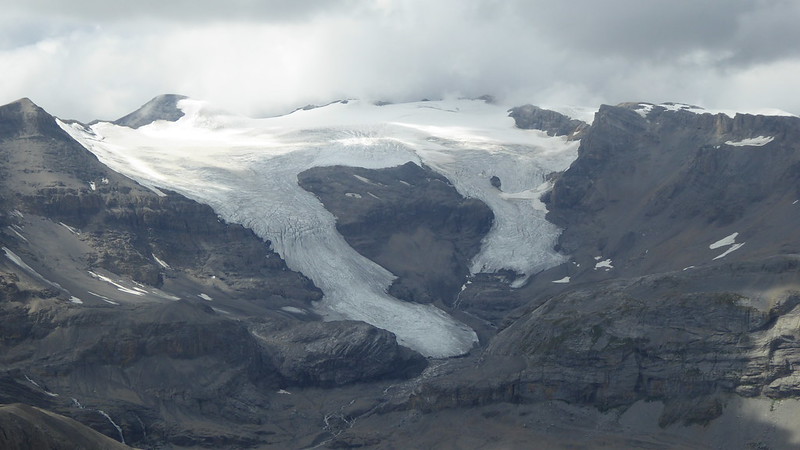Geography: IB higher notes
Glaciation
| Term | Explanation of the term |
|---|---|
Moraine |
Moraine is a term used to describe the material which has been carried and deposited at the end of its route. There are three variatons of moraine to remember. The first one is terminal moraine. These occur where the glacier has ceased progressing forwards and deposited its load at the furthest point from its starting position. Recessional morain occur where the glacier has retreated and slowed it's retreat to deposit more rock and material. Medial moraine can be found where two glaciers have converged into one valley and between them deposited their load. |
Nevée | Nevée is a french word used to describe ice which has been compressed so much that it has no air left inside. It can be recognised by it's blue colour |
Pyramidal Peaks | A pyramidal peak occurs when a piece of harder rock is eroded on three sides or more to create a pyramid. Two examples would be the Materhorn in Zermat and Mt Blanc above Chamonix. |
Cirque | Cirque are caused over time by glaciers when snow has accumulated over the years and through it's rotational movement has hollowed out and scoured the back wall to create a bowl like shape. At the back a fairly steep wall can be found. |
Arêtes | Aretes is a french word to describe the top of the outward facing rock formations from a pyramidal peak. |
The term glaciation describes the process which occurs when ice accumulates into a large volume in one location from precipitation over time. In some depressions snow accumulates when the temperature is too low for the snow to melt. Over the years the amount of ice increases and with it the wheight of the volume of ice. This increasing mass begins to exert on the soil below it and this pressure begins to erode the surface. There may be a rotational movement which rips away rock smoothing the formation and creating a cirque over time. A feature of the cirque is firstly it's formation of a hollow but is recognisable by the rock face behind it being quite steep.
Over time this may help to form a pyramidal peak such as the Materhorn in Zermat or the Mt Blanc above Chamonix. The process continues down the mountain with gravity's force with the result being the formation of a glacier flowing down like a river. There are several key terms to remember when talking of glaciers which you may find above.
When speaking of glacier it is interesting to remember that they behave according to the same laws of fluid motion as a river. The center of the glacier is moving faster than the outside because there is less friction slowing it down.
It is one of the most destructive of geographic occurences because of the sheer wheight contained within the ice. To illustrate the movement of rock a simple experiment is to place several sticks at the same height on the glacier and watch the movement of these sticks over time. As the ice moves at different rates you will find that a v shape is forming pointing downwards. It begins it's trip downwards and anything in it's way is covered and surrounded by the ice over a period of time and trapped. The material is ripped out of it's place even if it's a rock as large as your house. It acts like sandpaper and leaves bare rock.
What remains from the passage of a glacier is a U shaped valley as can be seen by the Lac Leman (lake Geneva) in Switzerland. Boulder clay which is the ground stone is ubiquitous within the region and a rich soil is a possitive side effect of all the materials which have been moved.
The speed of the glacier is not constant as you may be led to believe. It is dependant on various factors such as precipitation, temperature, angle of the slope and more. As the temperature increases the glacier slows down and may begin to retreat. Precipitation helps add material and mass which give the glacier enough momentum to begin flow back down the slope. Finally the aspect of the slope may affect speed since the steeeper it is the faster it will move down hill.
